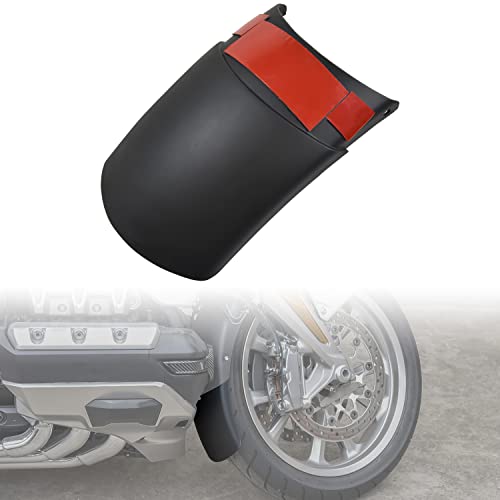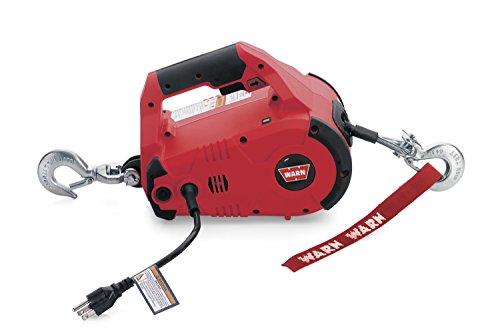Went out to the garage this morning, hoping for the planets to have aligned and all is well in the universe. Not to be, no fast idle on start, dropped to around 880 RPM and picked up slowly.
Having mentioned the above, as the engine operating temp got to three bars, decided to start pulling plug wires. #2 cylinder stalled the engine as did all the other cylinders.
All the electronic components were cold, not warmed up yet. As the engine warmed up, and I did do a couple of small tweaks to the cylinder bank balance, started to get the same results as yesterday where #2 cylinder would not affect the engine operation too much. #1 cylinder was acting the same.
This sheds some light on the issue. Some component when it gets warm does not want to work as when it's cold.
Swapped out the spark igniter for #1 and #2 cylinders, no change. The other common component is the coil, but 3 sets of coils being faulty - me thinks no. The same with the ECUs, 3 ECUs doing the same and there is an issue - stranger things have happened.
#2 and #4 injectors have a common circuit. Ground and power are common with power going through the spark unit resistor. Have a resistance that is more than what the manual specifies - consideration. Not up on resistors, can a resistor fail from heat, work when cold? The greater resistance, less amps flow and could impact on the operation of the injectors. An inexpensive mod to do, can't hurt.
Trying to understand what is happening.
Having mentioned the above, as the engine operating temp got to three bars, decided to start pulling plug wires. #2 cylinder stalled the engine as did all the other cylinders.
All the electronic components were cold, not warmed up yet. As the engine warmed up, and I did do a couple of small tweaks to the cylinder bank balance, started to get the same results as yesterday where #2 cylinder would not affect the engine operation too much. #1 cylinder was acting the same.
This sheds some light on the issue. Some component when it gets warm does not want to work as when it's cold.
Swapped out the spark igniter for #1 and #2 cylinders, no change. The other common component is the coil, but 3 sets of coils being faulty - me thinks no. The same with the ECUs, 3 ECUs doing the same and there is an issue - stranger things have happened.
#2 and #4 injectors have a common circuit. Ground and power are common with power going through the spark unit resistor. Have a resistance that is more than what the manual specifies - consideration. Not up on resistors, can a resistor fail from heat, work when cold? The greater resistance, less amps flow and could impact on the operation of the injectors. An inexpensive mod to do, can't hurt.
Trying to understand what is happening.





















































